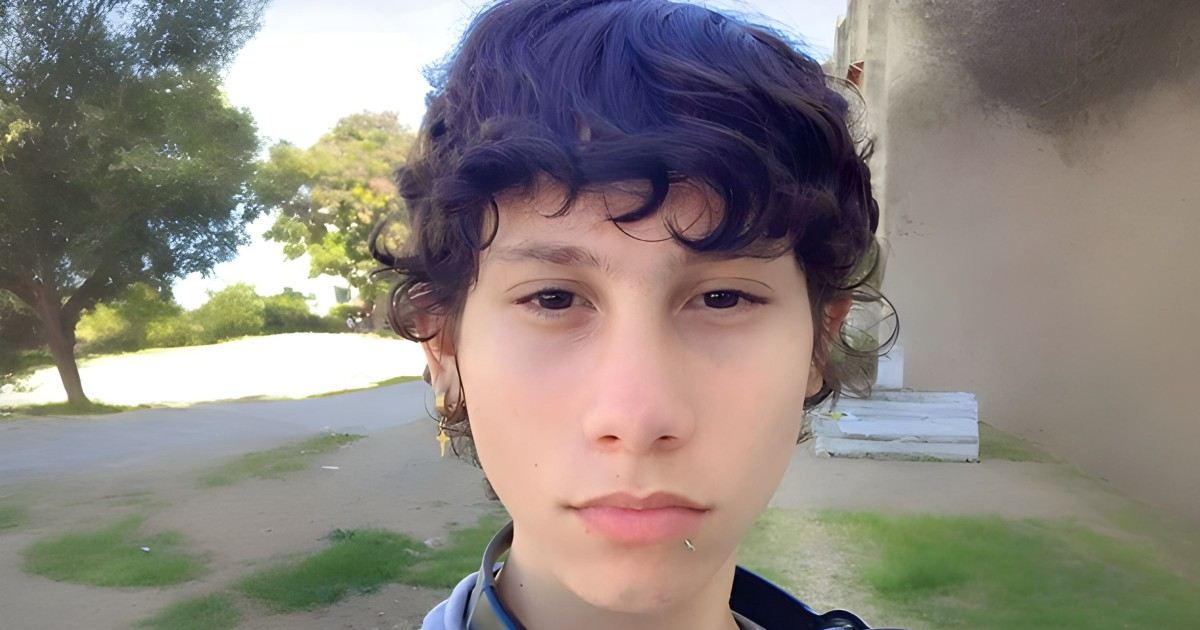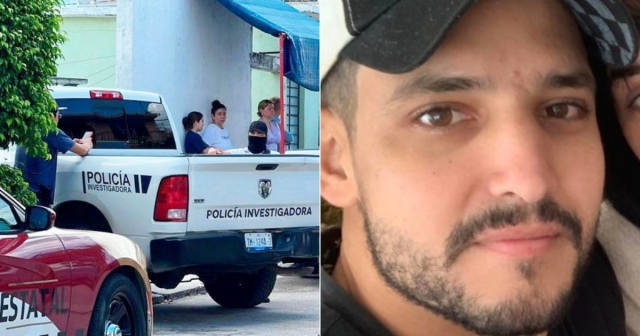
A Cuban who was only 18 years old took his own life on Tuesday morning in the city of Santiago de Cuba, as reported on social media by journalist Yosmany Mayeta.
The deceased, identified as Harold David Torres Rojas, resided in block Q of the Micro 7 neighborhood, in the José Martí district.
Harold would have committed suicide in the backyard of his home using a belt. The news has generated immense shock given the youth of the victim, who was just beginning to live.
The reasons that led Torres Rojas to make such a radical decision are not clear, although the aforementioned source cited some accounts from neighbors and people with some knowledge of the case.
The young man's body is in the cold storage, awaiting the arrival of family members who will join the final farewell to Harold before proceeding with his burial.
"He was our little neighbor. Very dear to everyone. A good boy. I still can't believe what has happened. It is very sad. We will carry him in our hearts. May God have him in a beautiful place. My condolences to his family and friends," said a neighbor among hundreds of messages of condolence.
"Rest in peace, Davicito. I knew him; he was a good little boy and his dad David too, a good neighbor and a great father," added another resident in the area who knew him.
"I taught him classes. Good boy," lamented an internet user who claimed to have been his teacher.
As of the closing of this note, there are no other details about the unfortunate event.
Suicide, a silent crisis that affects hundreds of thousands of people each year.
Suicide is a complex and tragic phenomenon that affects millions of people worldwide each year.
It is the conscious decision to end one's own life, and it is generally the result of intense emotional or mental suffering that feels unbearable. The World Health Organization (WHO) estimates that approximately more than 700,000 people die by suicide each year, making it one of the leading causes of death worldwide.
Suicide is multifactorial and can result from a complex interaction of psychological, social, biological, and environmental factors. Some of the most common risk factors include:
-Mental disorders: Depression, anxiety, bipolar disorder, and other mental health conditions are key factors. In fact, about 90% of people who commit suicide suffer from some mental disorder.
-Socioeconomic factors: Situations such as unemployment, poverty, debt, and social exclusion can increase risk.
-Family and personal factors: A history of physical, emotional, or sexual abuse, as well as a family history of suicide, increase the likelihood.
-Access to lethal means: Access to firearms, pesticides, or any other lethal method significantly increases the risk.
-Social isolation: Feelings of loneliness or social disconnection, as well as the lack of support networks, are important triggers.
Warning Signs
There are various signs that can alert to a possible suicidal ideation. Among them are:
-Talk about the desire to die or to feel like a burden to others.
-Despair and feelings of uselessness.
-Drastic changes in behavior, such as withdrawal from daily activities, social isolation, or apathy.
-Signaling goodbye, such as giving away belongings or settling unresolved matters.
-Substance abuse such as alcohol or drugs.
It's important to take any comment or warning sign seriously, as many people who are contemplating suicide may not explicitly ask for help but may display one or more of the mentioned symptoms.
Suicide prevention requires a comprehensive and multidisciplinary approach that involves society, families, health professionals, and governmental policies.
Some strategies include:
-Mental health care: It is essential to promote access to accessible and effective mental health services, including therapies and treatments that address mental health disorders.
-Strengthen social support: Creating support networks, both family and community, can be key for people to feel accompanied and understood.
-Restriction of access to lethal means: Eliminating or restricting access to lethal means, such as pesticides or firearms, has proven to be an effective measure in reducing suicides.
-Awareness campaigns: Educate the population to reduce the stigma associated with mental health issues and promote empathy and understanding towards those facing suicidal thoughts.
-Helplines and support: Telephone and digital assistance services can provide immediate support to individuals in crisis.
One of the biggest challenges in suicide prevention is the stigma surrounding it. Many people experiencing suicidal thoughts do not seek help due to fear of judgment or misunderstanding.
Society must work to create an environment in which people feel safe to talk about their mental health and receive the support they need.
Warning: If you or someone you know is experiencing suicidal thoughts, seek help and urgently talk to a health professional.
What do you think?
COMMENTFiled under:






